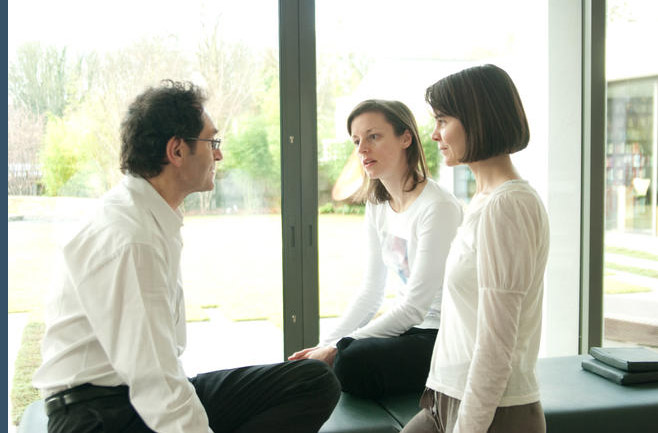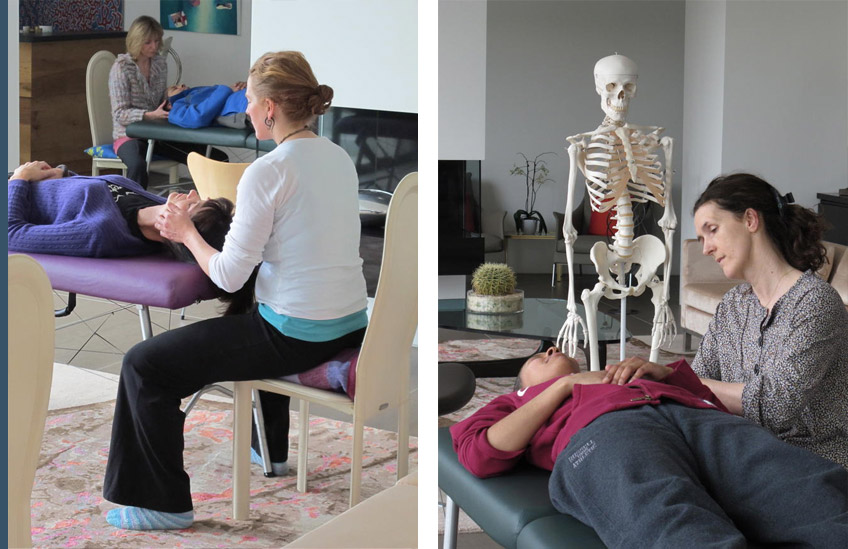Studying Zero Balancing offers a rare opportunity for you to deepen your relationship with self.

Deciding to study Zero Balancing is a life-affirming choice. Such a decision offers you an exciting chance to explore in a safe and respectful environment the life principles and skills that underpin this innovative form of bodywork and to determine how these can support you in realising your personal and professional potential.
To certify as a Zero Balancer, it’s a requirement that you have a qualification in another health care modality. Zero Balancing students are qualified in a wide range of health care disciplines, including acupuncture, homeopathy, osteopathy, chiropractic, herbalism, various forms of massage, medicine, nursing, physiotherapy, and counselling. Students often choose to study Zero Balancing in order to expand their existing therapeutic training. The diverse skills needed to become a Certified Zero Balancer can stand alone, or significantly enhance an established practice by enabling a practitioner to engage clients on a deeper level with increased clarity and ease.
We welcome and support anyone who is inspired to step out on a journey of personal discovery and professional development through learning Zero Balancing. Further details about the full Certification Programme are available here, and to enrol on a ‘Core’ Zero Balancing course such as Core ZB I, please refer to our Course Calendar or get in touch with us to request more details.

Health care practitioners from many disciplines have found enormous value in learning the body-mind therapy of Zero Balancing. It encapsulates in practical ways many high level skills aspired to in a range of therapeutic approaches. It does so in an embodied way rather than merely knowing them as theoretical ideals.
Fritz Smith developed Zero Balancing as a practical bridge between orthodox medicine and alternative, complementary medicine. For therapists who use a physically based approach it introduces tangible ways of working with the energetics of the body and of reading the resultant changes. For those already working with approaches which involve energy, it teaches ways of contacting the body’s structure which can ground their work in a new and effective manner.
Practitioners of Zero Balancing learn about the structure and energy of the body through evaluating the body’s joints by means of simple movements. They then use skilled touch which creates a point of dynamic stillness around which the client can relax and reorganise. As the integration of the client’s structure and energy develops there are observable involuntary responses which inform the practitioner and help them tailor the session to the individual’s needs.
Within our skeletal system are several joints which have a minimal range of motion and whose main function relates to the transmission of fundamental energetic forces. These foundation joints, such as the sacro-iliac, are beyond our voluntary movement. As these are beneath our everyday conscious awareness, to Zero Balance them can take us into aspects of our unconscious being in ways which offer opportunities and potential for healing.
Zero Balancing is a very safe and respectful therapy which is can be used in a wide variety of situations with enormous benefit. It can be practiced as a bodywork form in its own right as well as complementing existing skills, for example massage or acupuncture.
Zero Balancing can also bring about a beneficial altered state of consciousness which may enable clients to transcend limitations in an effective and grounded way. The client’s experience of being held at a profound level of conscious relaxation in their own integrity is a particular quality of Zero Balancing.

